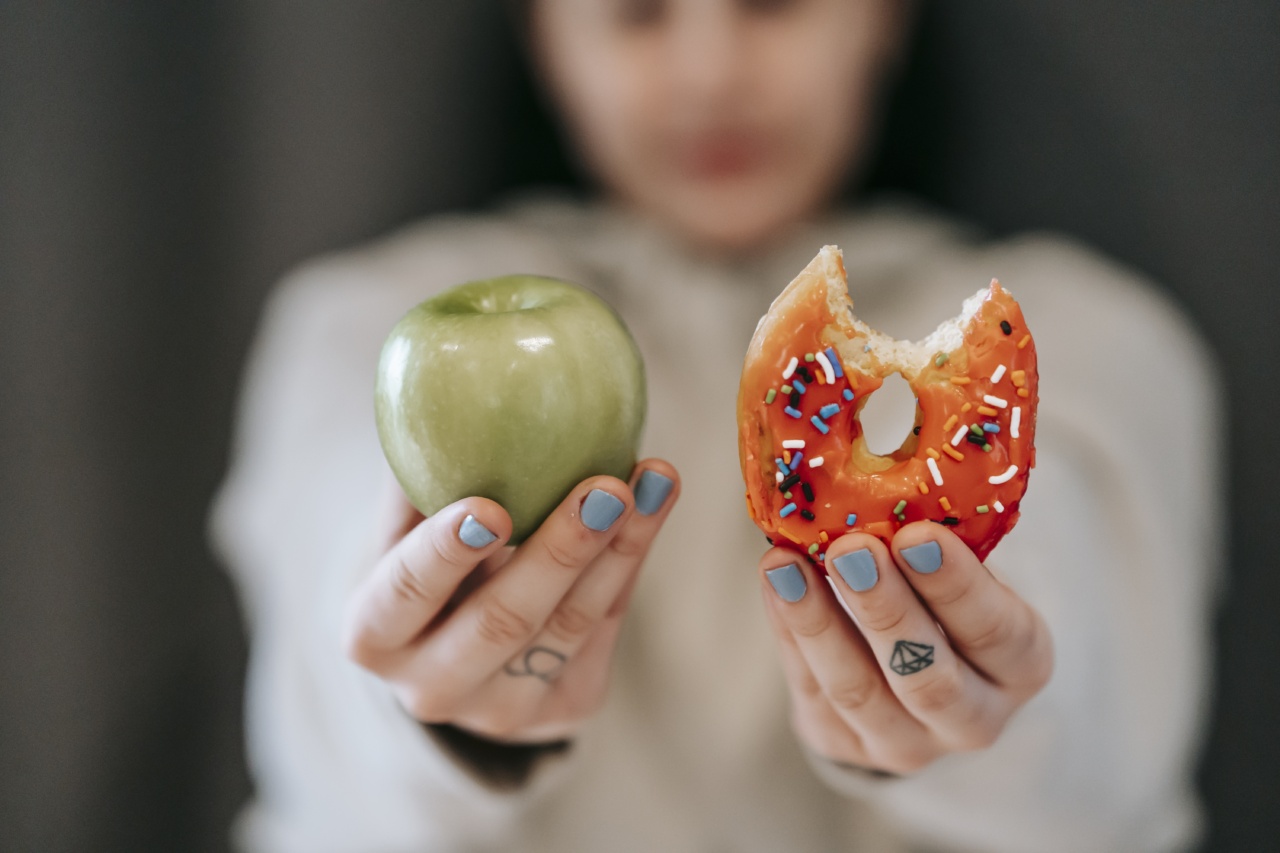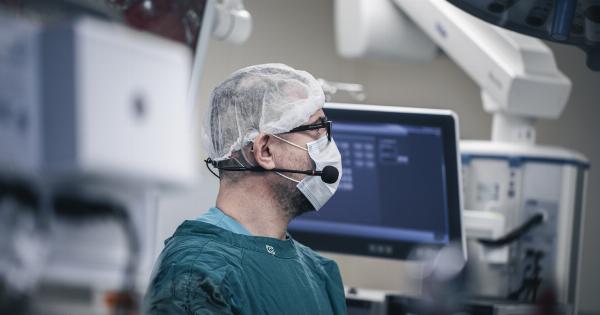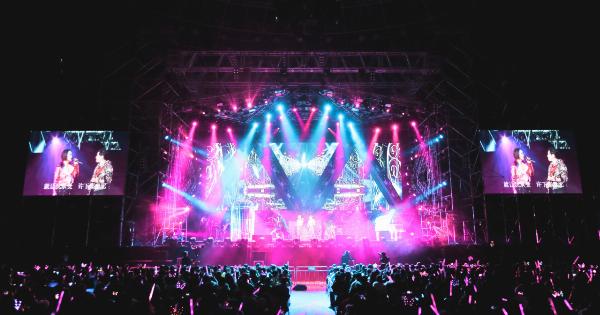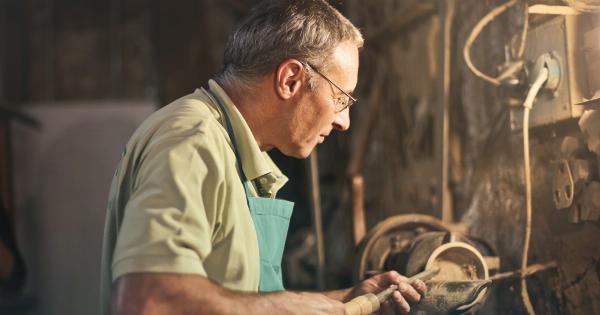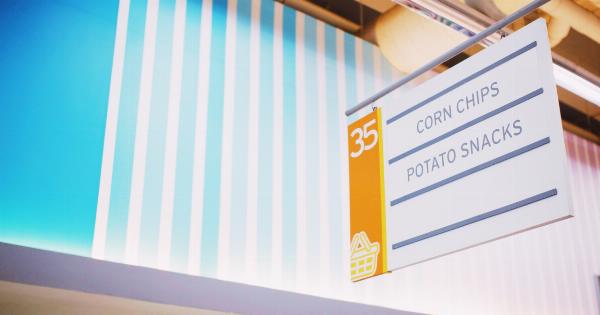3D printing has revolutionized many industries, from manufacturing to healthcare.
But did you know that it also has the potential to transform the way we think about food? With advancements in technology and materials, 3D printing has paved the way for a new era of culinary creativity and experimentation. In this article, we will explore the various ways in which 3D printing is bringing goodness and innovation to our appetites.
Customized Culinary Creations
One of the most exciting aspects of 3D printing in the food industry is its ability to create customizable culinary creations. With traditional methods, chefs are limited by their manual skills and tools.
However, with 3D printers, they can now bring their wildest imaginations to life by designing intricate and unique shapes, textures, and flavors.
Enhanced Aesthetics
They say we eat with our eyes first, and 3D printing takes this concept to a whole new level. By using edible inks and various materials, chefs can create stunning, visually appealing dishes that are almost too beautiful to eat.
From intricately designed chocolate sculptures to patterns and textures on cakes, 3D printing adds an extrinsic value to the culinary experience.
Food Personalization
3D printing allows chefs and food manufacturers to cater to individual preferences and dietary restrictions. By using precise measurements and controlled ingredient placement, personalized meals can be created based on specific nutritional needs.
Whether it’s a low-sodium meal for someone with hypertension or a vegan dish for someone with dietary restrictions, 3D printing ensures that everyone can enjoy a delicious and tailored dining experience.
Sustainability and Food Waste Reduction
Food waste is a significant problem globally, contributing to environmental degradation and resource depletion. 3D printing offers a potential solution by utilizing food materials that would otherwise go to waste.
By converting food byproducts into printable materials, such as vegetable pulp or meat substitutes, 3D printing promotes sustainability by reducing waste and utilizing resources more efficiently.
Special Diets and Allergies
For individuals with special dietary needs, finding suitable and delicious options can be challenging. 3D printing technology allows chefs to create meals that meet specific dietary requirements, such as gluten-free, lactose-free, or nut-free dishes.
By precisely controlling ingredients, cross-contamination risks can be minimized, providing a safer dining experience for those with allergies.
Novel Food Experiences
The use of 3D printing in food preparation opens up exciting opportunities for novel dining experiences. Chefs can create edible art installations, interactive dishes, and even futuristic molecular gastronomy creations.
The combination of cutting-edge technology and culinary expertise provides diners with a truly unique and immersive food experience.
Efficiency and Speed
Traditional cooking methods can be time-consuming and labor-intensive. However, with 3D printing, food can be prepared with greater efficiency and speed.
By automating repetitive tasks, such as intricate decorations or shaping complex forms, chefs can focus more on recipe development and innovation. This not only saves time but also allows for a higher volume of food production without compromising quality.
Accessible Nutrition
3D printing has the potential to address nutritional deficiencies and food shortages in a more accessible way.
By incorporating essential nutrients into printable materials, 3D printed food can be fortified with vitamins, minerals, and other vital components. This technology can have significant implications for areas experiencing famine or limited access to fresh produce, offering a more sustainable solution to proper nutrition.
Inspiration for Home Cooks
While 3D printers are commonly associated with professional kitchens, they are gradually becoming more accessible to home cooks as well.
With affordable desktop 3D printers for food, enthusiasts can now experiment and unleash their creativity in the comfort of their own kitchens. The ability to bring intricate designs and personalized touches to homemade meals adds a new dimension to culinary exploration.
Future Possibilities
The field of 3D printing in food is still in its infancy, and the possibilities for innovation are seemingly endless.
Researchers are exploring using alternative ingredients such as insect protein or lab-grown meat, pushing the boundaries of sustainability and ethics. Additionally, advancements in taste and texture printing can further enhance the sensory experience of 3D printed food. The future of food is undoubtedly exciting with the integration of 3D printing technology.
Conclusion
3D printing has undoubtedly added a new dimension to the world of gastronomy. From customized creations to sustainable solutions, this technology has the potential to make our dining experiences more exciting, nutritious, and accessible.
Whether in professional kitchens, restaurants, or even our own homes, 3D printing goodness is shaping the way we approach food, satisfying not only our appetites but also our curiosity and creativity.
